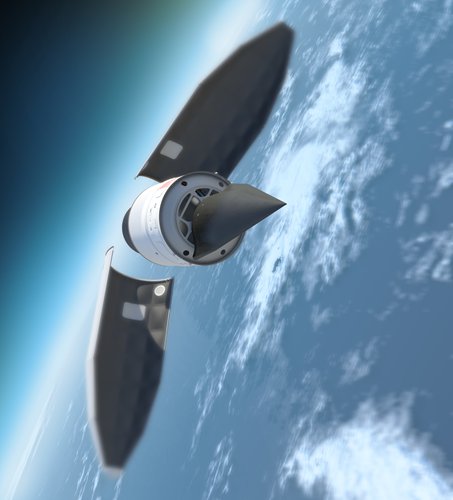They name the waverider Chen Jiageng aka Tan Kah Kee. He must be smiling in heaven now. He give every single penny of his wealth to built the university eventually bankrupt his company and leave nothing to his children. His descendant has to fend for themselves.
In the early year he trusted his best friend Lim Boon Keng a baba to run the university
The test vehicle was named after Chen Jiageng, the business tycoon better known as Tan Kah Kee, who founded the university in Xiamen, Fujian province, in 1921.
Chinese university becomes first in world to build and test its own hypersonic plane
- Xiamen University’s ‘double wave rider’ makes maiden test flight in the Gobi, though the ‘game-changing’ technology is usually the sole preserve of the military
- Academics and students have long-term plan for aircraft that could travel anywhere in the world in two hours
Published: 12:00am, 24 Apr, 2019
Unlike other experimental hypersonic vehicles such as Boeing's X-51 Waverider, which rides on an extremely hot layer of gas known as a “shock wave”, the Jiageng-1 rides on two layers of shock waves – one under its belly and the other in the air-inlet duct for its ramjet engine.
It was a daring design. Managing just one wave of hypersonic shocks is hard enough; using two adds additional challenges.
But the new design has some intriguing advantages: it can make the transition from supersonic to hypersonic speeds more smoothly, create more lift and allow the aircraft to travel further with less fuel.
The test vehicle was named after Chen Jiageng, the business tycoon better known as Tan Kah Kee, who founded the university in Xiamen, Fujian province, in 1921.
The Xiamen University team initially came up with the design around 2008, intriguing hypersonic researchers around the world.
After completing all the necessary computer calculations, the team brought a scaled-down model to Europe, discussed the design with hypersonic scientists there and conducted some simulation tests in one of the world's most advanced wind tunnels.
The Jiageng-1 was named after Chen Jiageng, better known as Tan Kah Kee, the founder of the university. Photo: Xiamen University.
Share:
Zhu said the United States was perturbed by the rapid progress of China’s hypersonic weapon programmes and had tried to restrict Chinese scientists’ access to Western researchers, but European countries such as Germany had kept their doors open.
Though hypersonic technology is mainly for military use and there are many restrictions on exchanges between European and Chinese scientists, Zhu said they believed the collaboration “will continue”.
The plane was powered by a winged rocket less than nine metres (29.5ft) tall that weighed more than three tonnes, according to a statement on the university’s website.
It reached the height of more than 26km (16 miles) and after making some manoeuvres to “reproduce real flight conditions and conduct aerodynamic tests”, glided down and landed in the designated area with the aid of a parachute.
Some details of the test, including the distance travelled, are classified because the project was partly funded by the military, according to the team.
The university’s launch was conducted with less secrecy than surrounds military test flights. Photo: Xiamen University.
Share:
Chen Yong, an associate professor of physics who has been involved in a hypersonic research programme at Shanghai Jiao Tong University, said the test by Xiamen University was a landmark event.
“Conducting hypersonic study in a university is quite difficult, especially when it comes to the stage to bring the concept from laboratory to the sky,” he said.
Unlike military research institutes, university researchers usually do not have the security clearances needed for direct access to top-secret military testing facilities. Obtaining approval to conduct flights usually requires a “tremendous amount of paperwork”, he said.
Xiamen University plans to build a hypersonic plane capable of reaching anywhere on the planet within two hours, though the team said that was a distant goal.
Michael Griffin, the Pentagon’s undersecretary for research and engineering, called hypersonic weapons a “game changer” last year.
In a statement released on the website of the US Department of Defence in December, Griffin warned that the United States could be falling behind in a new arms race.
“In the last year, China has tested more hypersonic weapons than we have in a decade. We’ve got to fix that,” Griffin said.








